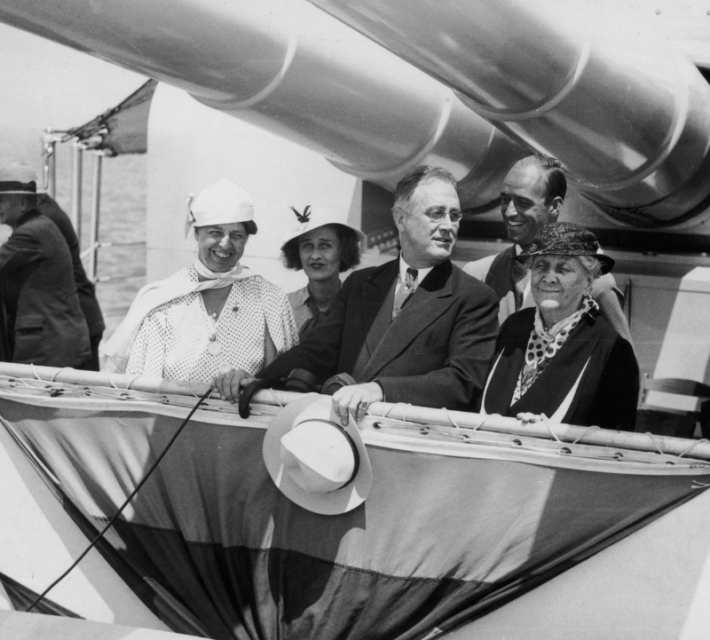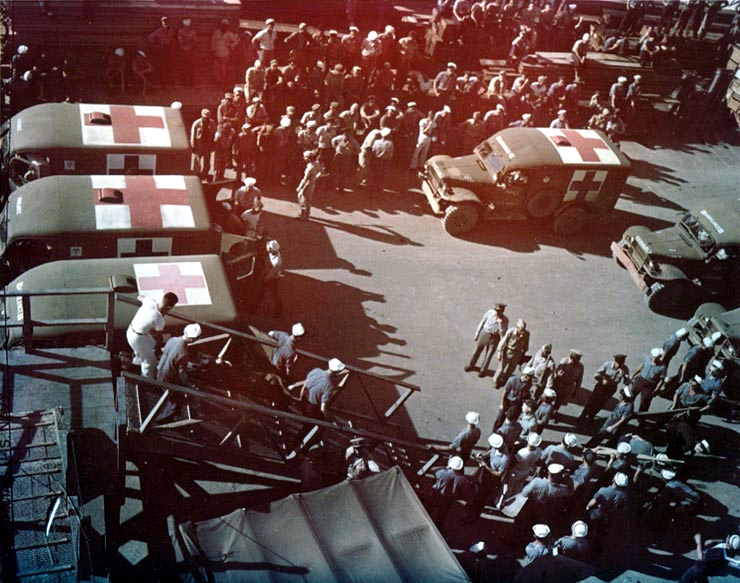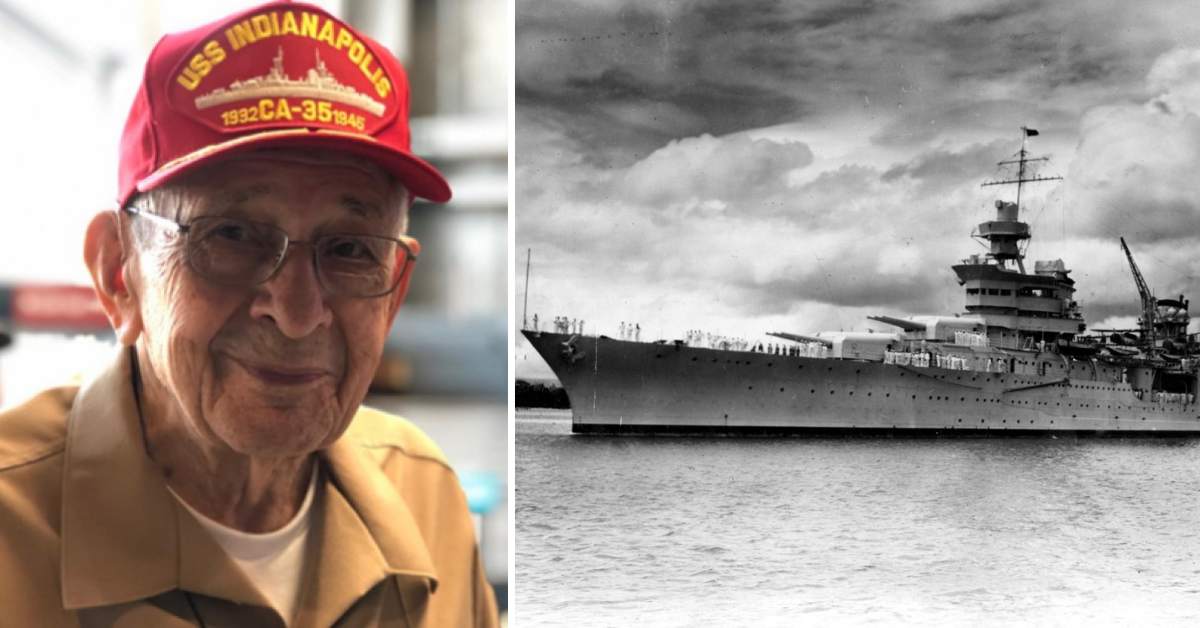Edgar Harrell, a 96-year-old veteran marine and last living Marine of the USS Indianapolis has passed away at the Tennessee State Veterans Home in Clarksville, Tennessee. He was one of only five other living survivors from the ship’s sinking, which has gone down as the worst accident in U.S. Navy history.
He was one of just 316 survivors of the incident. He passed on May 8th, and is survived by his son, eight grandchildren, and 14 great-grandchildren. Harrell was born on October 10th, 1924, in Trigg County, Kentucky, and would eventually serve in the Pacific Theater of WWII as a Marine aboard the USS Indianapolis.
Edgar Harrell
As a Marine, Harrell was assigned to guard the top-secret atomic bomb components aboard the USS Indianapolis. After surviving the initial attack, he floated in the water with a constant threat of death.
“It’s difficult to swim four-and-a-half days,” Harrell said in an interview. “It’s much easier to die than it is to live.”
REST IN PEACE 🇺🇸 Edgar Harrell, the last Marine to survive the USS Indianapolis sinking during WWII, has died. With the passing of James Smith earlier this week, there are only five living survivors. https://t.co/ufm3LTXHyK
📷: USS Indianapolis pic.twitter.com/lZyWxMBs01
— 10 Tampa Bay (@10TampaBay) May 8, 2021
Harrell believes his faith in God helped him survive those terrible few days.
“There’s times when you pray and there’s times when you pray, and I’m pleading with the Lord, ‘I don’t want to die,'” he said last year. “‘I have a certain brunette back home, mom and dad, six young brothers, an older and younger sister, I don’t want to die.'”
After the war, he worked in the glass window industry and married Ola Mae Cathey, who sadly passed away in 2019. He spent much of his life touring the world and providing speeches on his ordeal. Despite his full and busy life, the memories never left him.
“Even at 95 years old, I can tell the story and I can see it and I can feel it. The story is real, it’s still with me.”
With Harrell’s passing on May 8th, 2021, he leaves just five men who survived the sinking of the USS Indianapolis alongside him.
The USS Indianapolis
The USS Indianapolis was laid down on March 31st, 1930, and commissioned in November 1932 as a Portland-class heavy cruiser, which carried nine 8-inch main guns in three turrets. She displaced a relatively light 11,000 tons and could reach a speed of nearly 33 knots.
Soon after her commissioning in the early 1930s, Indianapolis was instantly in the lime light, becoming the flagship of Scouting Force 1 and transporting U.S. President Franklin D. Roosevelt three times. She was on exercise during the December 7th, 1941 attack on Pearl Harbor, and joined the hunt for the Japanese vessels that launched the attack.

She eventually sailed to the north Pacific to support the Allies on the Aleutian Islands, shelling Kiska island and sinking a Japanese cargo ship. In 1943, Indianapolis supported actions on the Gilbert Islands, before engaging with the Marshall Islands, the Mariana Islands, the Battle of the Philippine Sea, and the Palau islands in 1944.
In 1945, she supported the invasion of Iwo Jima and shelled the beaches of Okinawa for seven days straight. During this time, the USS Indianapolis was heavily damaged by a bomb that penetrated through her deck. She retreated from the front lines of battle for repairs.
When she was due to return to the fight, she received orders to complete a top-secret mission of the highest importance. Her mission was to transport the fissile uranium that was to be used in the “Little Boy” atomic bomb to Tinian Island. This weapon would eventually be dropped on Hiroshima.
She left San Francisco on July 16th, 1945 (the same day as the Trinity atomic test) and sailed full steam ahead to Pearl Harbor, setting a time record in the process. She reached Tinian on July 26th, dropped off her secret cargo, and headed for Guam for a crew rotation. She left there on July 28th, sailing to the Philippines for training.
She was spotted a few days later by Japanese submarine I-58, which fired six torpedoes at her on July 30th. Two of these hit, decimating the ship. One struck her bow, and the other ignited her ammunition magazine, essentially cutting her in half. She sank in just 12 minutes, immediately taking 300 of her 1,195 crew with her.

The entire event happened so fast, the Indianapolis was unable to send a distress signal or release many lifeboats and life jackets. The remaining 900 men were left to drift in the Pacific for four days and were subjected to extreme exposure to the elements, hypothermia, dehydration, and many shark attacks.
More from us: Thunderbirds Aerial Display Team Name New Commander
The U.S. Navy did not know the situation until a spotter plane saw lifeboats in the water and raised the alarm. Once ships arrived to pick up the survivors, just 316 men were left from the 900 that survived the initial sinking of the boat.
The harrowing conditions the men had to endure in the water in the days after the ship’s sinking have led to it becoming infamously known as the U.S. Navy’s biggest loss of life from a single ship.
